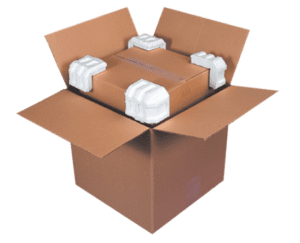Home » Corrugated Boxes vs. Other Packaging Options: A Comparative Study
Corrugated Boxes vs. Other Packaging Options: A Comparative Study
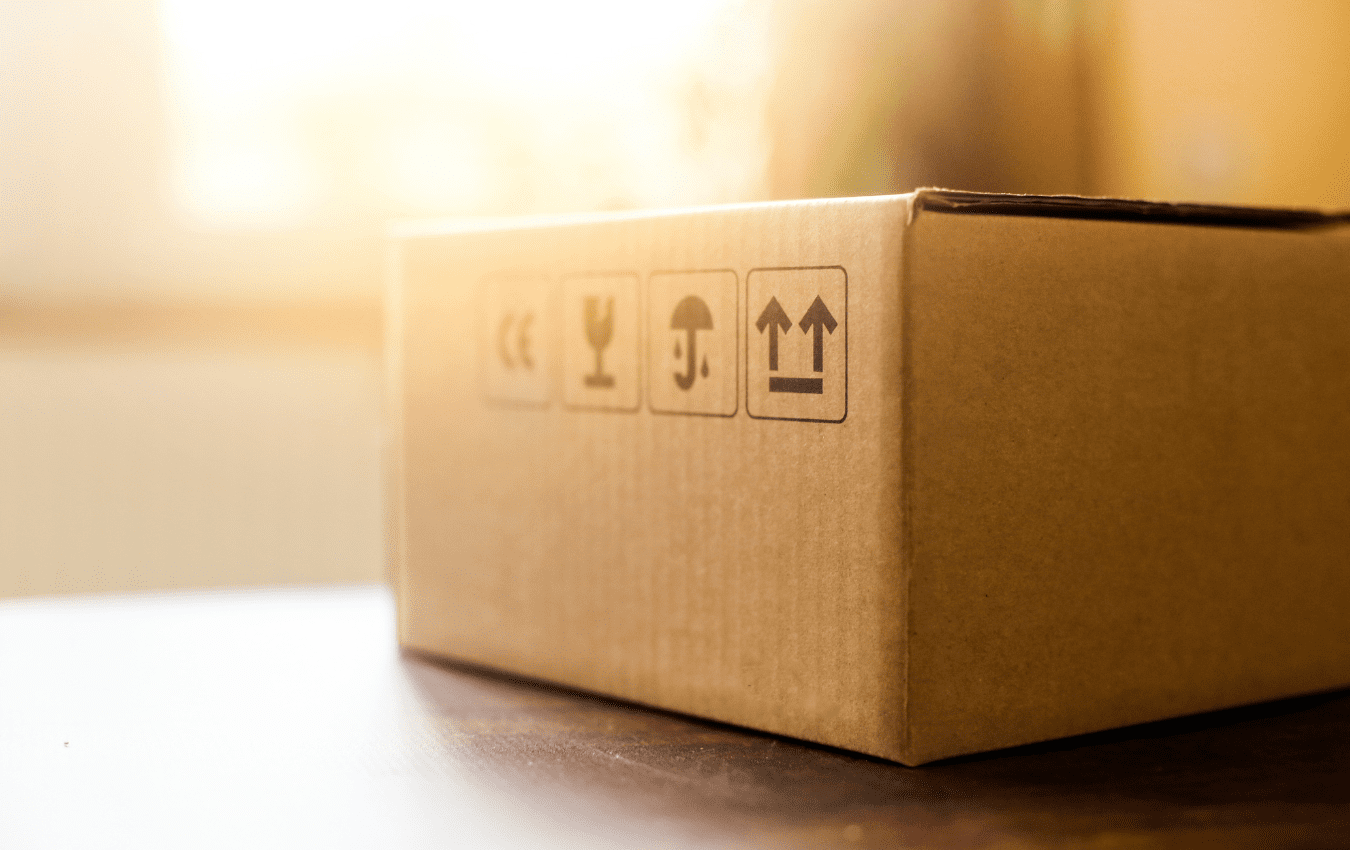
Packaging serves as the first impression of a product. As the old saying goes, “You never get a second chance to make a first impression.” That’s why choosing the right type of packaging is crucial. There are countless packaging options available in the market, each with its own set of advantages and disadvantages. In this comparative study, we are going to dive into the world of corrugated boxes and see how they stand against other packaging options.
Understanding Corrugated Boxes
Corrugated boxes, also known as cardboard boxes, are made from corrugated paperboard. These boxes consist of a fluted corrugated sheet and one two, three or four flat linerboards. They are popular for their strength, durability, lightweight nature, recyclability, and cost-effectiveness.
Corrugated Boxes vs. Plastic Packaging
Plastic packaging is one of the primary alternatives to corrugated boxes. While plastic packaging can be lightweight and versatile, corrugated boxes often come out on top in terms of sustainability and protection.
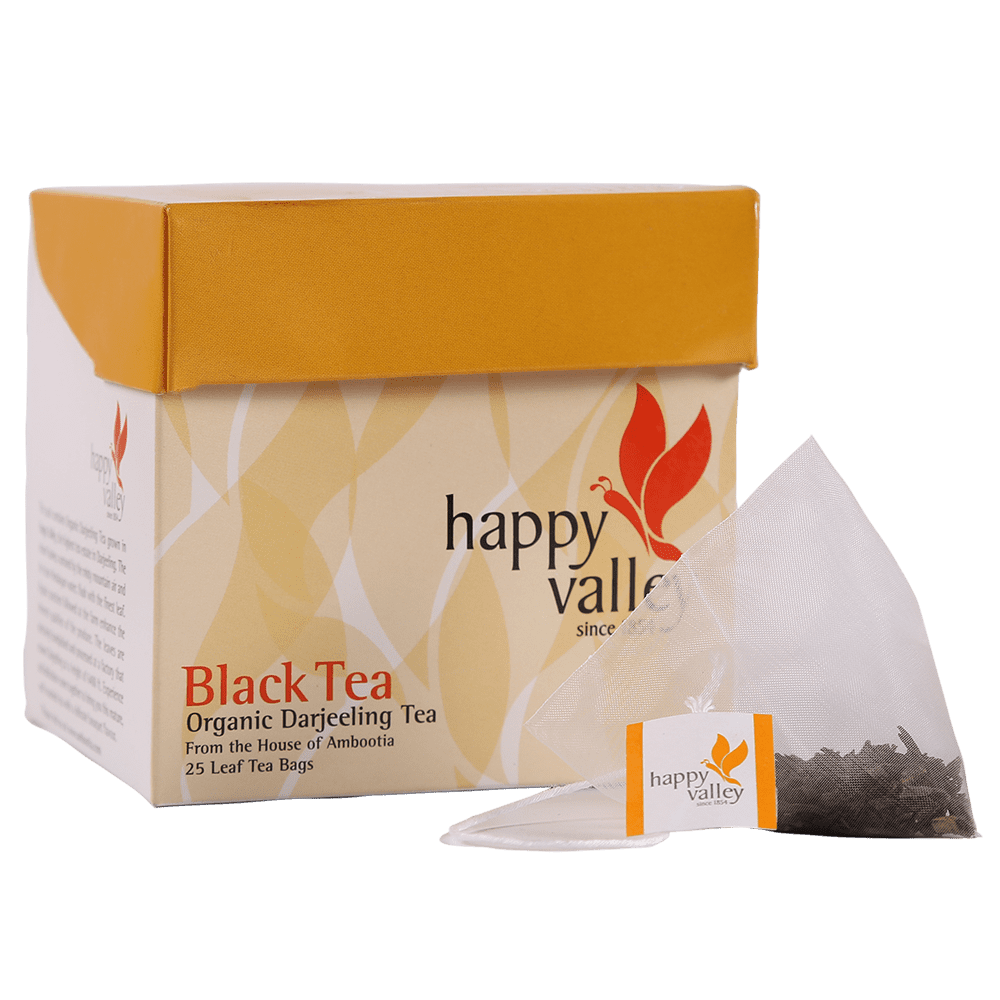
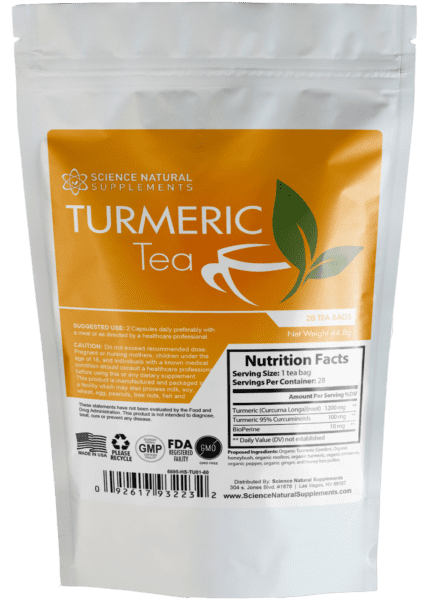
Sustainability
Corrugated boxes are generally made from renewable resources, and they are widely recyclable. In contrast, plastic packaging contributes to environmental pollution as it takes hundreds of years to degrade, and even then, it breaks down into microplastics which pose their own environmental concerns.
Protection
While plastic packaging can provide waterproofing and air-tight sealing, corrugated boxes offer superior cushioning and strength for heavy or fragile items. They can also be customized with interior partitions and protective inserts, providing a safer transit experience for delicate goods.
Corrugated Boxes vs. Wood Crates
Wooden crates are another common packaging solution, especially for heavy, bulky items. However, corrugated boxes may still be a better choice depending on the application.
Weight and Handling
Corrugated boxes are lighter than wood crates, reducing shipping costs and making them easier to handle. This is especially important in e-commerce where businesses must frequently ship packages of varying sizes to consumers.
Cost
Wooden crates can be more expensive than corrugated boxes, both in terms of the initial cost and the cost of shipping due to their heavier weight.
Customizability
Corrugated boxes can be customized to fit any size and shape, making them more versatile than wooden crates.
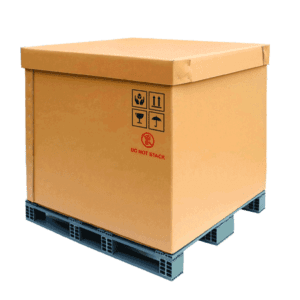
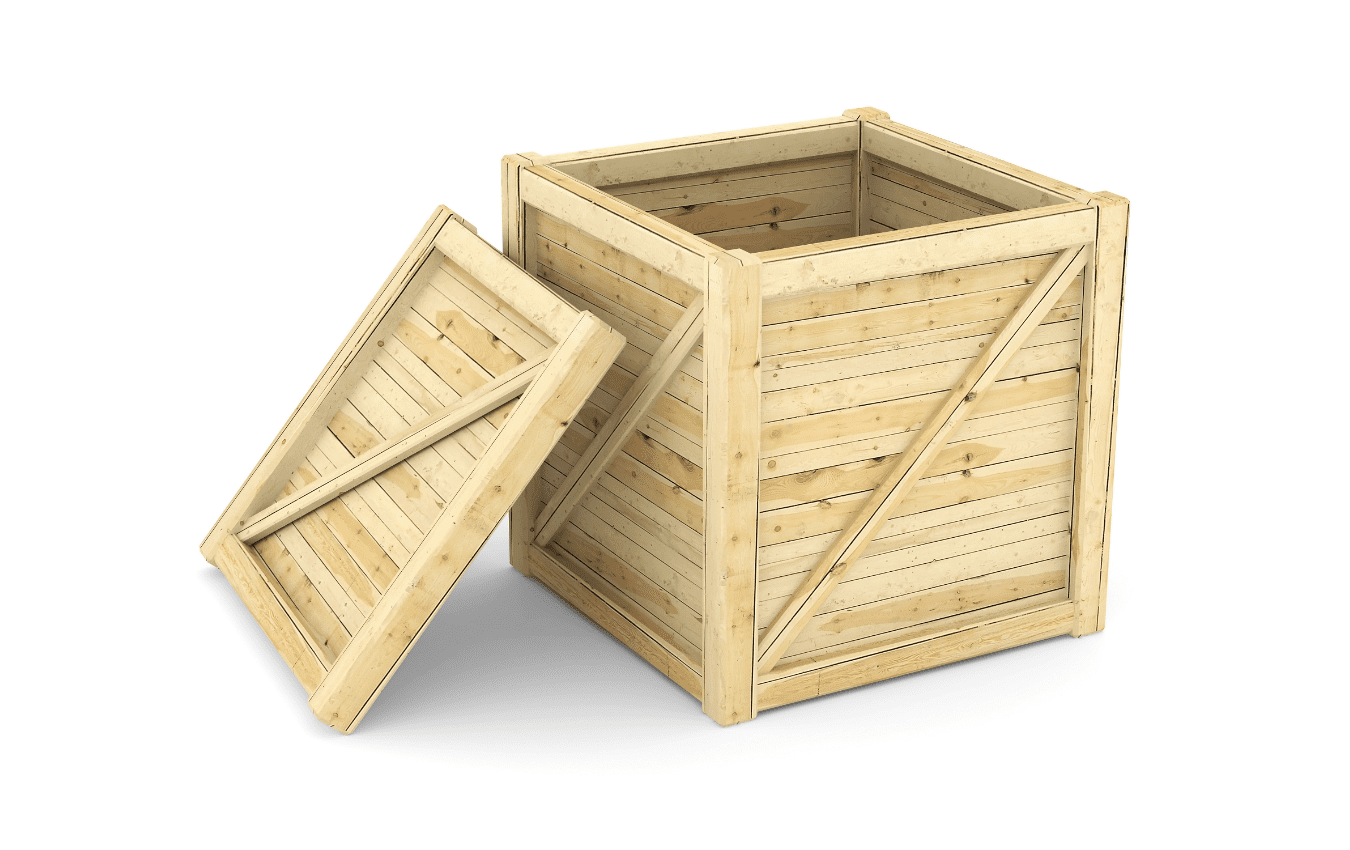
Corrugated Boxes vs. Metal Containers
Metal containers are often used for long-term storage and the shipping of specialized items. However, for most uses, corrugated boxes offer a more versatile and cost-effective solution.
Cost and Versatility
Metal containers can be expensive and are often overkill for most shipping needs. Corrugated boxes, on the other hand, are relatively cheap, versatile, and perfect for most goods.
Ease of Use
Metal containers can be bulky and difficult to handle. Corrugated boxes are lighter and can be easily flattened and stored when not in use.
Recyclability
While metal containers can be reused or recycled, the process is energy-intensive. In contrast, recycling corrugated boxes is typically a simpler and more eco-friendly process.
Conclusion: The Versatility and Sustainability of Corrugated Boxes
While other packaging materials may offer certain advantages in specific scenarios, corrugated boxes provide a broad array of benefits making them the go-to choose for many industries. Their strength, durability, lightweight nature, cost-effectiveness, and environmentally friendly attributes make them an exceptional choice for packaging needs. However, it’s always important to carefully consider your specific requirements before choosing a packaging solution, as what works best may vary based on the nature of the product, shipping requirements, and sustainability goals.
If you are interested in stock or custom corrugated boxes, then partner with Brown Packaging today to get started.
With new tariff proposals and continued trade uncertainty, 2026 is shaping up to be another pivotal year for packaging sourcing strategy. Many companies that shifted
Following multiple rounds of tariff changes and trade policy adjustments, 2026 marks a turning point for U.S. packaging buyers. Many who previously transitioned from China
Shifting packaging production from China to the U.S. can help stabilize costs, reduce tariff exposure, and shorten lead times. But the transition process requires careful
RSC boxes are known for their efficiency and versatility, but their performance ultimately comes down to strength. Buyers often see numbers like ECT, BCT, and
In packaging, foam isn’t just about initial protection — it’s about maintaining performance over the entire shipping or storage cycle. Compression set and recovery characteristics
Pouches are a go-to for flexibility and convenience, but they can fail in critical ways—from poor seals to punctures and delamination—that hurt performance and brand
Home » Corrugated Boxes vs. Other Packaging Options: A Comparative Study
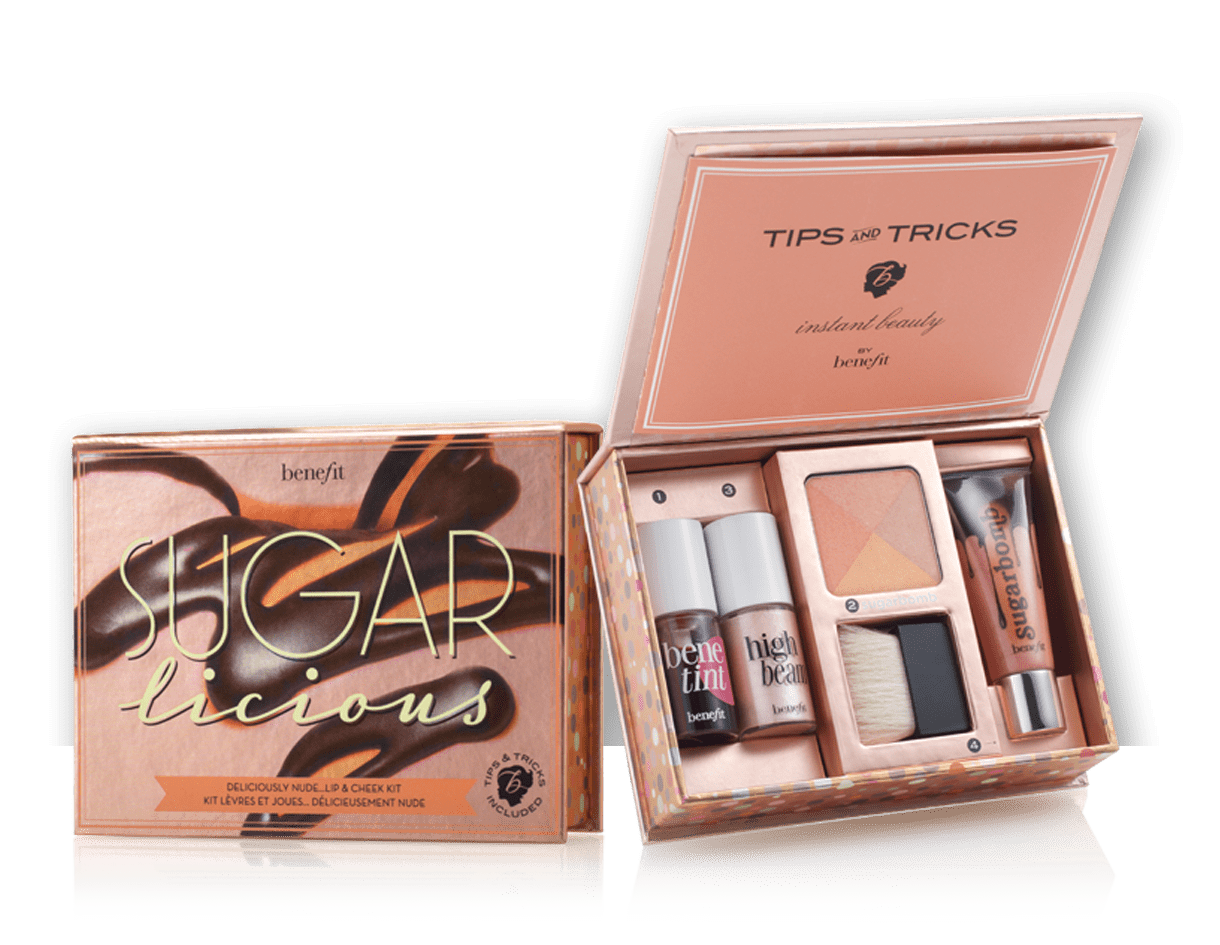
Bundle packaging is a versatile marketing strategy that can be applied in various ways to enhance product offerings and increase customer satisfaction. In this blog,
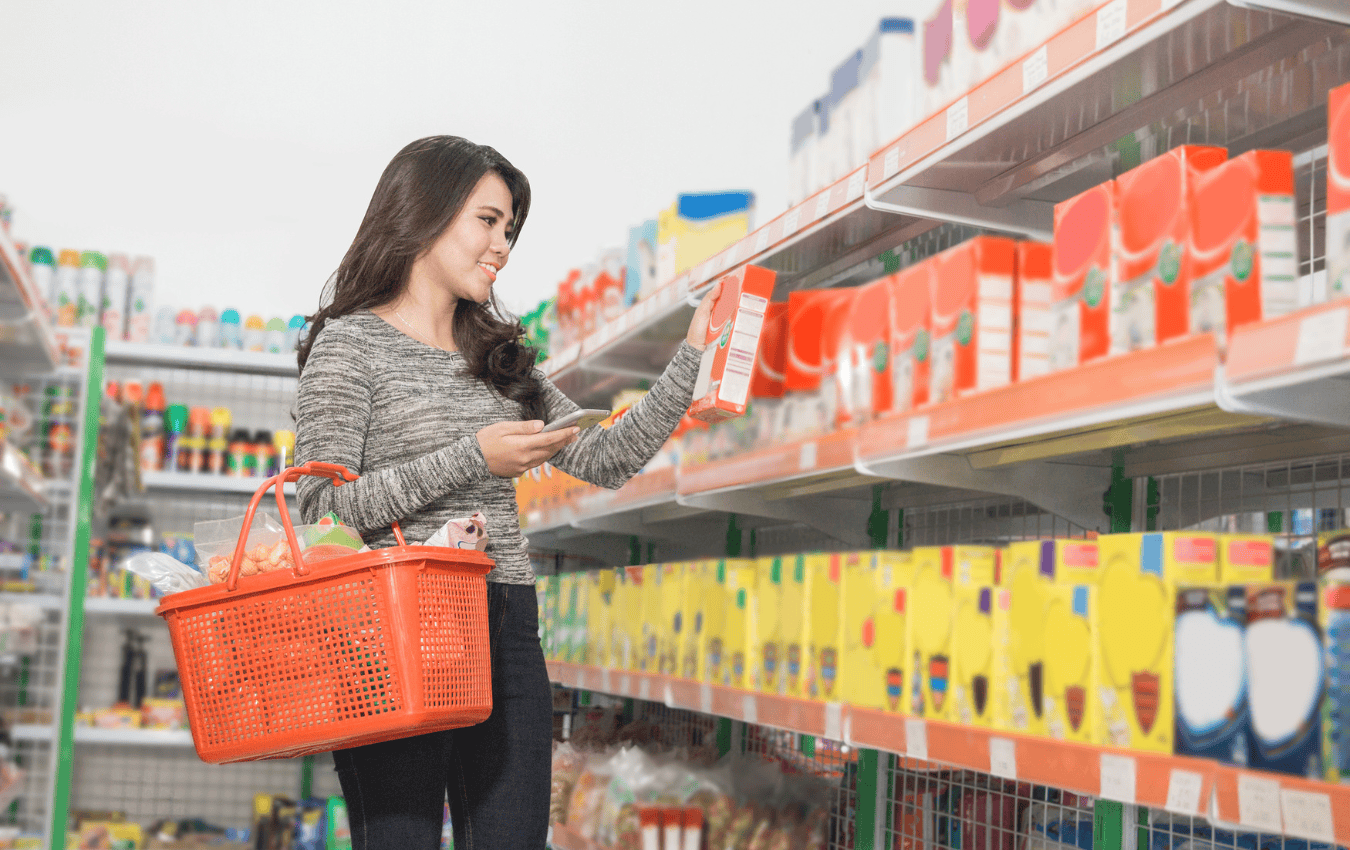
Before a customer ever opens your product, they’ve already formed an opinion—based on the packaging. Whether you’re in retail, e-commerce, or B2B, packaging is more
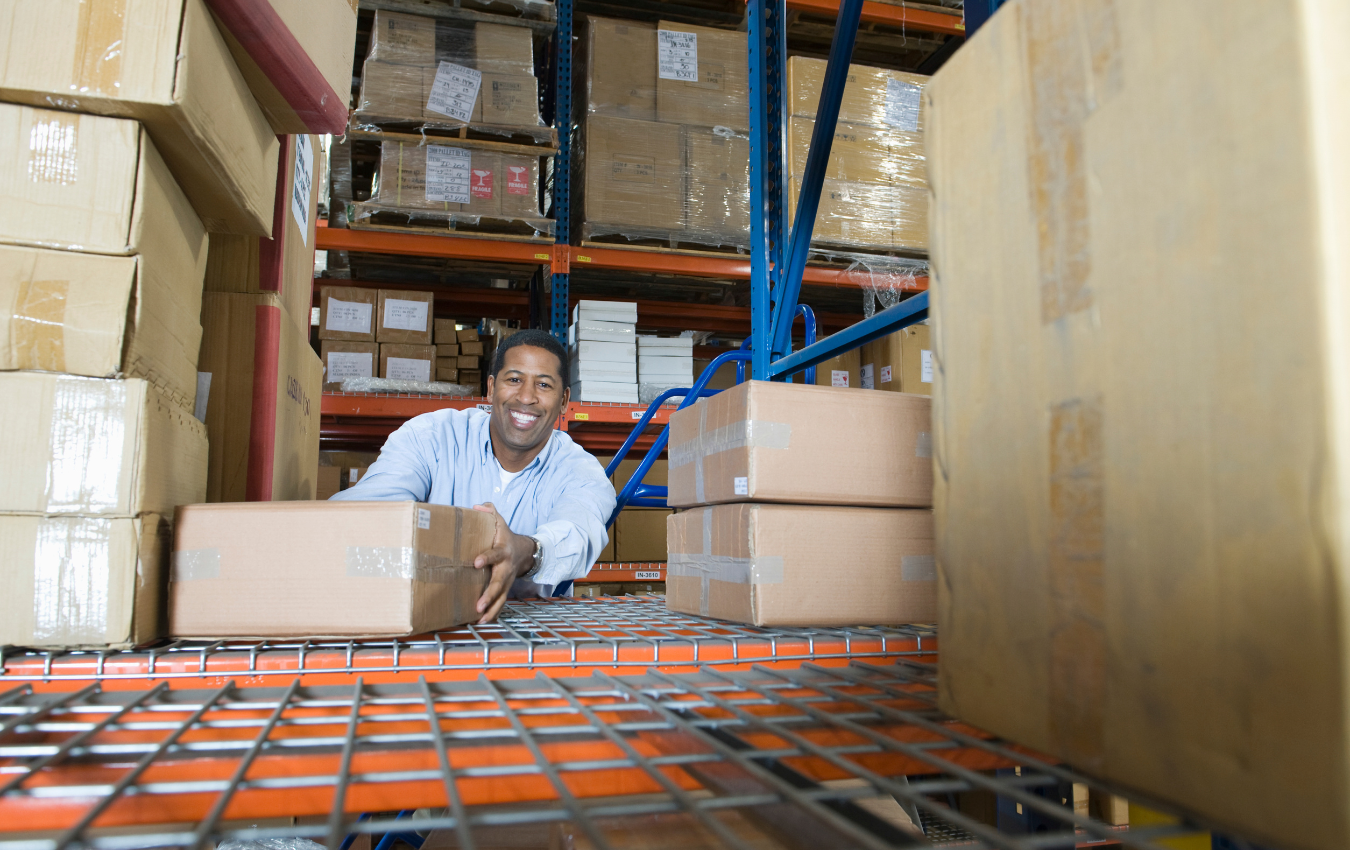
Corrugated boxes are a staple in the packaging world, known for their strength and versatility. However, maximizing their durability is key to ensuring products reach


